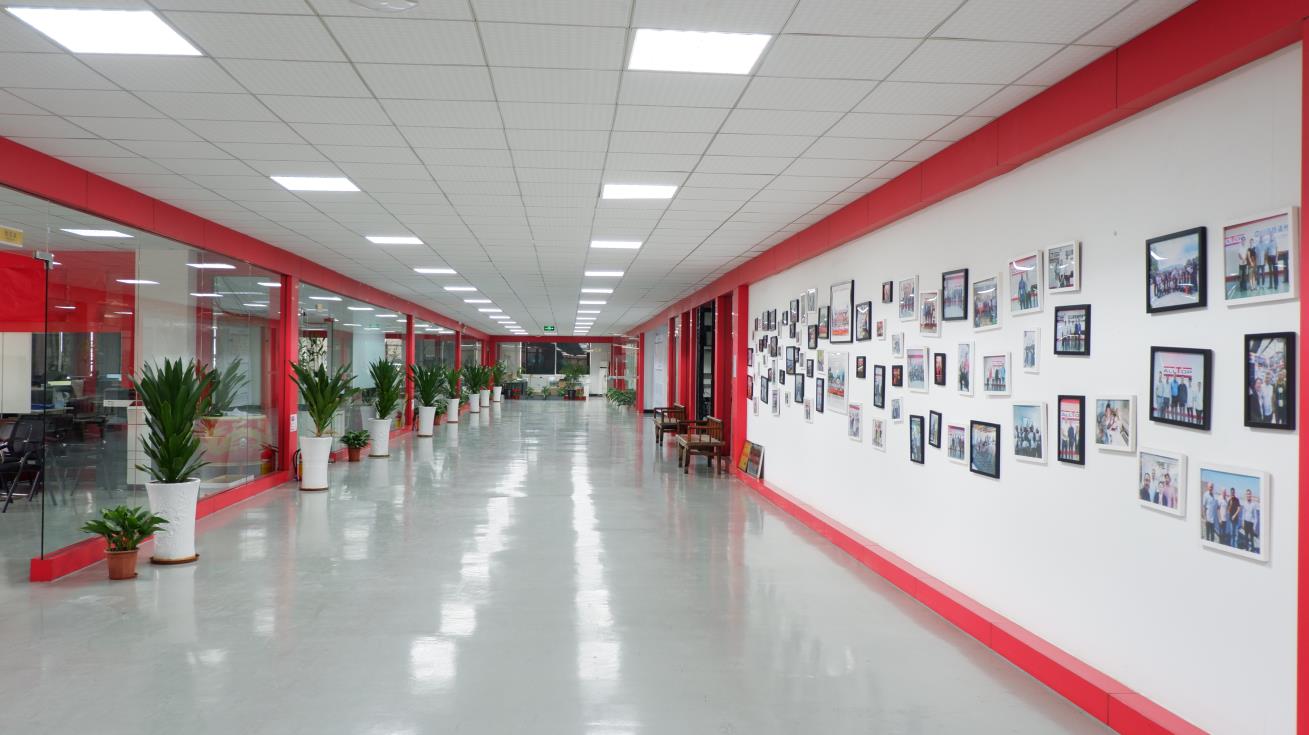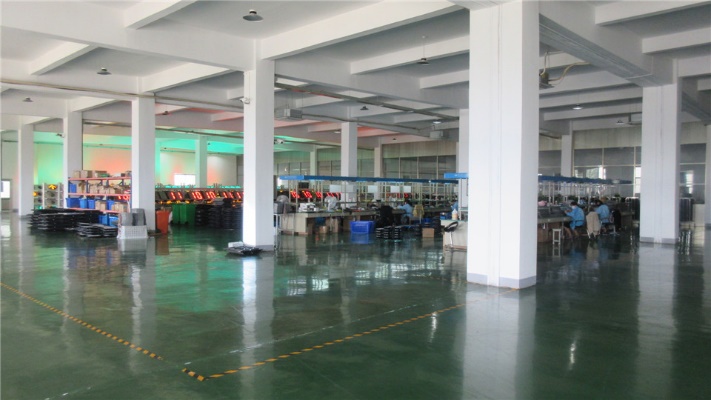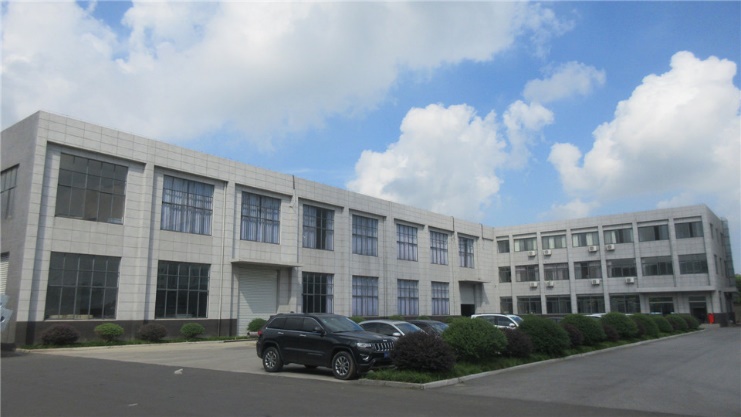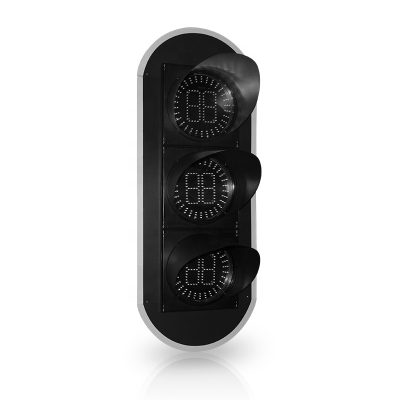
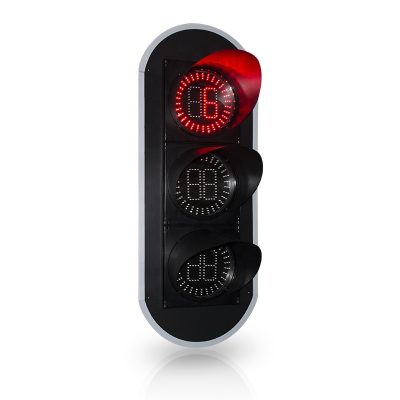
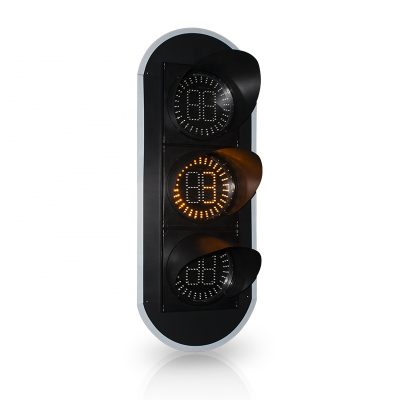
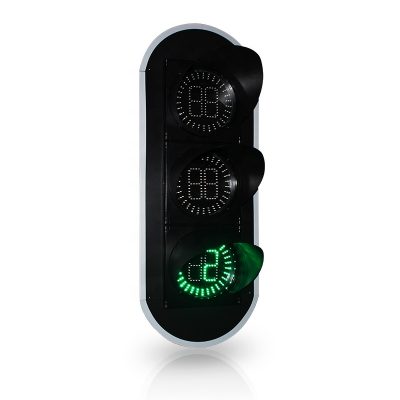
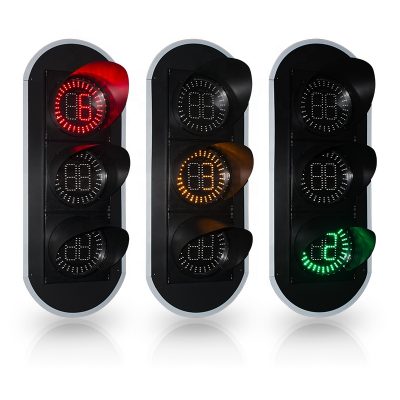
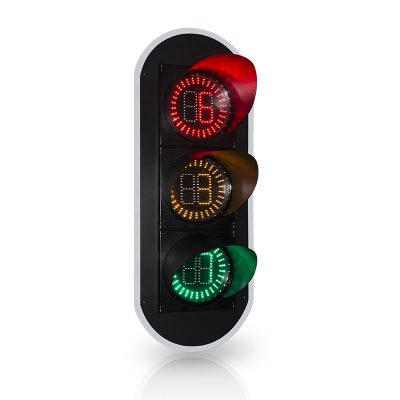
| Product Name | Traffic Signal Lights |
| Solar Panel | 18V 60W, Mono-Crystalline |
| Battery type | Lead-acid battery 12V 60AH |
| Material | Manufacture |
| Size | 180/240mm |
| Wight | 20/25KG |
| LED | 175 lm/w |
| Charging time | 20 Hours |
| Discharging time | Above Five Days |
| Certificate | CE,RoHS |
| Working temperature | +65°C |
| Warranty | 6Years |
| MOQ | 8/12 |
Traffic signal lights are signal lights that direct the operation of traffic, and are generally composed of red, green, and yellow lights. A red light means no traffic, a green light means permission to pass, and a yellow light means a warning.
Traffic signal lights are divided into: motor vehicle signal lights, non-motor vehicle signal lights, crosswalk signal lights, direction indicator lights (arrow lights), lane lights, flashing warning lights, road and railway intersection lights. At intersections, red, yellow, green, and three-color traffic lights are hung on all sides. They are silent “traffic police.” Traffic lights are internationally unified traffic lights. The red light is the stop signal, and the green light is the pass signal. At intersections, cars from several directions are gathered here, some have to go straight, some have to turn, and whoever should go first is to obey the traffic lights. The red light is on, it is forbidden to go straight or turn left, and the vehicle is allowed to turn right if it does not hinder pedestrians and vehicles; the green light is on, and the vehicle is allowed to go straight or turn; the yellow light is on, stop at the intersection stop line or pedestrian crossing line, and continue to pass; When the yellow light flashes, it warns the vehicle to pay attention to safety.
The human retina contains rod-shaped and three types of cone-shaped photoreceptor cells. Rod-shaped cells are particularly sensitive to yellow light, and the three types of cone-shaped cells are the most sensitive to red light, green light, and blue light, respectively. Because of this visual structure, it is easiest for people to distinguish between red and green. Although yellow and blue are easy to distinguish, because the eyeball has fewer photoreceptor cells that are sensitive to blue light, red and green are better for distinguishing colors.
Traffic lights are not set randomly. According to optical principles, red light has a long wavelength, has a strong ability to penetrate the air, and is more noticeable than other signals.
